Today we will talk about a variety of macro photography, and about underwater macro photography in particular.
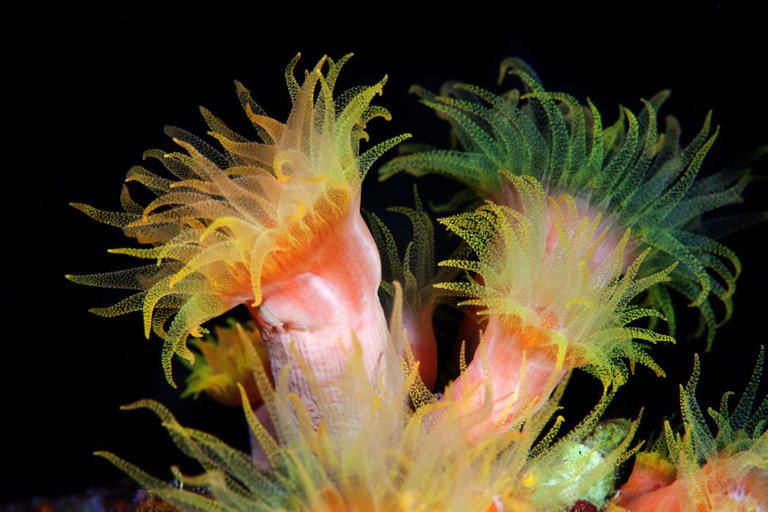
Probably everyone who has a camera, at least once tried himself in macro photography. This is one of the most accessible and widespread genres. Almost everyone, even the simplest compact camera, has a macro mode. And many of the lenses of the budget segment are marked "macro." This is not quite a full "real" macro, when the actual size of the object corresponds to its image in the frame. This usually refers to scales of the order of 1: 3 or 1: 2. But often this is enough to look into another world.
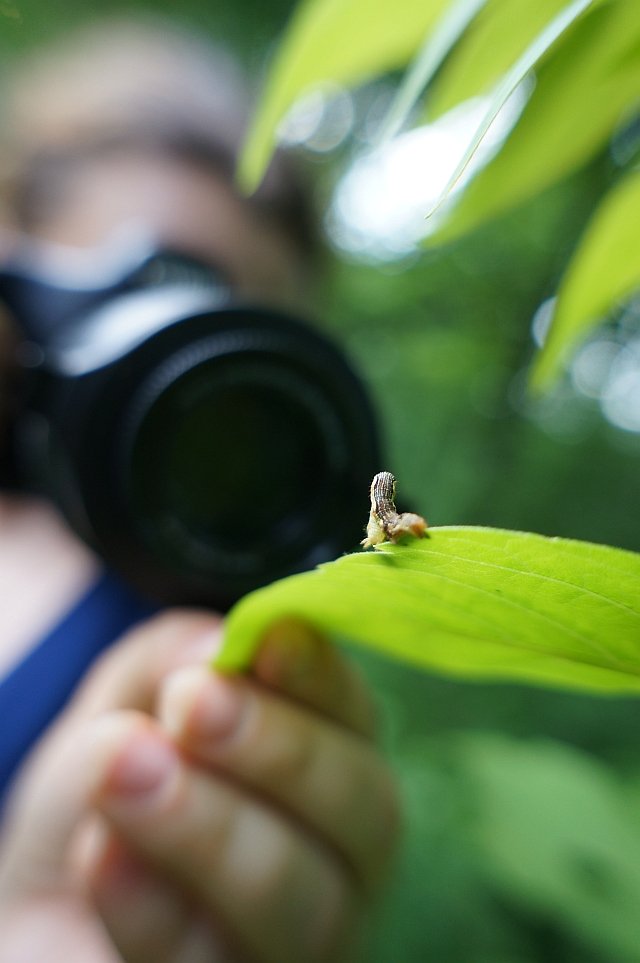
Note: In the future, I will often use the scales ratio. So 1:3 means that the image size in frame / on the matrix is three times smaller than in reality. A 5: 1 means that each detail of the subject on the frame / matrix will be 5 times larger. And that is super-macro.
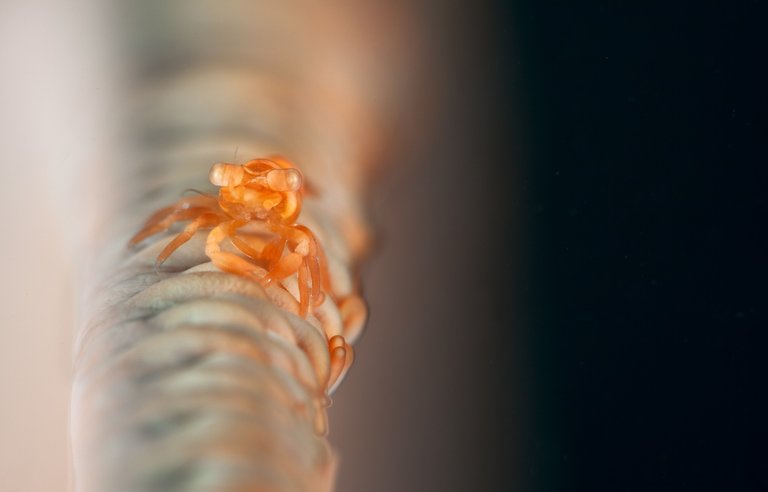
For someone this is a short-term hobby associated with new technology, and someone is engaged in the macro seriously. After all, this is the easiest and most accessible way to see something new. But here we are waiting for the first unexpected trouble. If the first step in macro photography is usually simple and easy, then every next step, as on increasing, requires more complex techniques and skills.
In this article, I would like to share several ways to expand your capabilities in macro photography. Most of them are accessible to everyone, since I myself do not have any extra means, nor serious skills in optics and electronics.
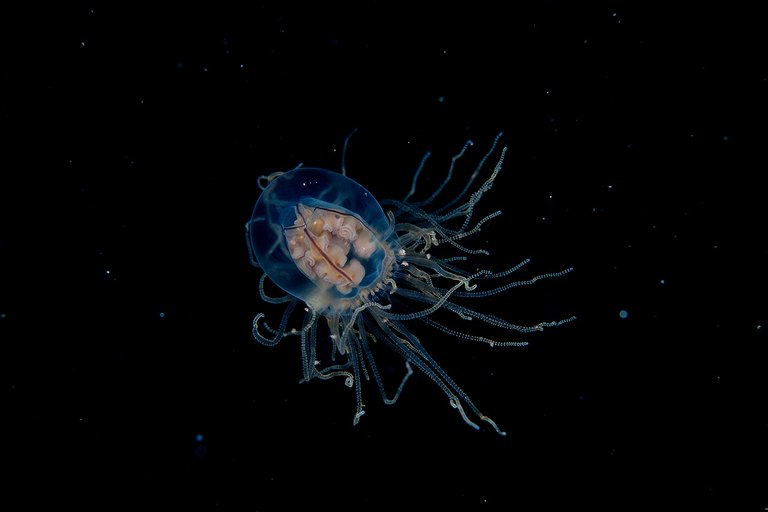
So, let's begin. The main thing in macro photography is the scale. We want the captured image to take up a larger area on the camera sensor. This allows us to examine more details invisible to the eye.
To get a scale of 1: 1 we need a specialized macro lens. In addition to scale, it will also give us a high quality picture. In addition, its autofocus is sharpened on the shooting of small objects. I will explain: the step at such focus is very small, therefore it does not work quickly, but it is positioned more precisely.
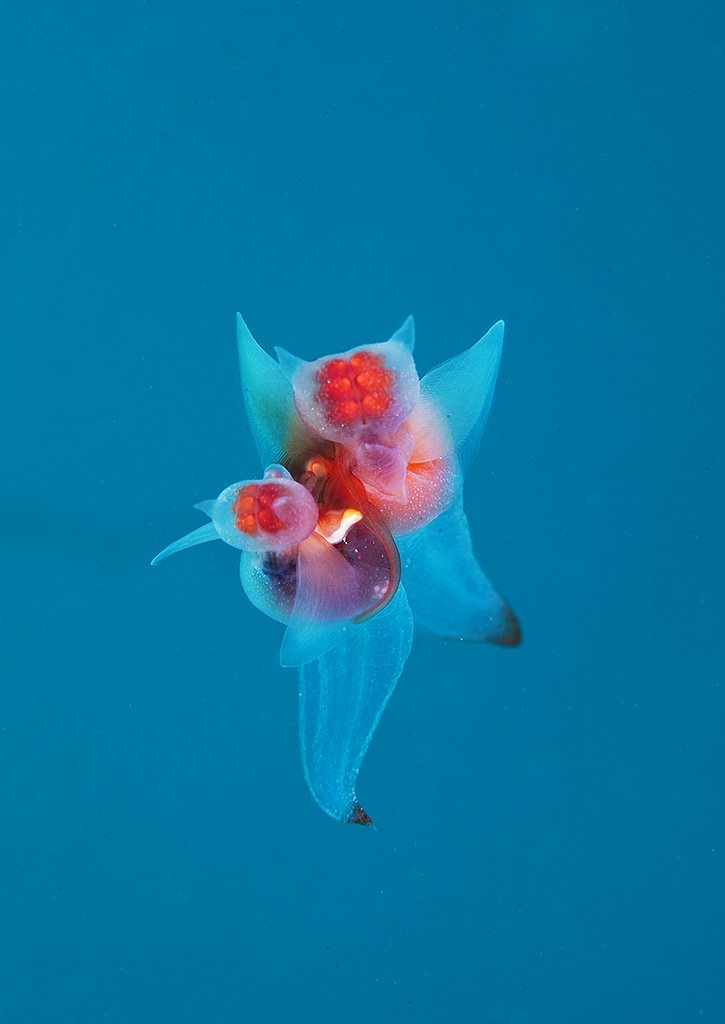
Such lenses are available for every manufacturer, for all systems and for bayonets. Many of them are quite budgetary. For example, Canon, which I use, has two macro lenses with a focal length of 100 mm. One of them is new, professional series L. The difference in price between them is more than two times. But using the old version for over 10 years, I will say that in practice the difference is not so great.
Is this a way to get the right scale of shooting? Of course not. We can take another lens that you already have (better, of course, if it's a fix), and add a macro lens to it. This is a very versatile way, since the lens is attached to the lens from the front and is not attached to the brand of the camera, lens and bayonet. On many of them even there is a spring fastening that it was possible to put on lenses of different diameter.
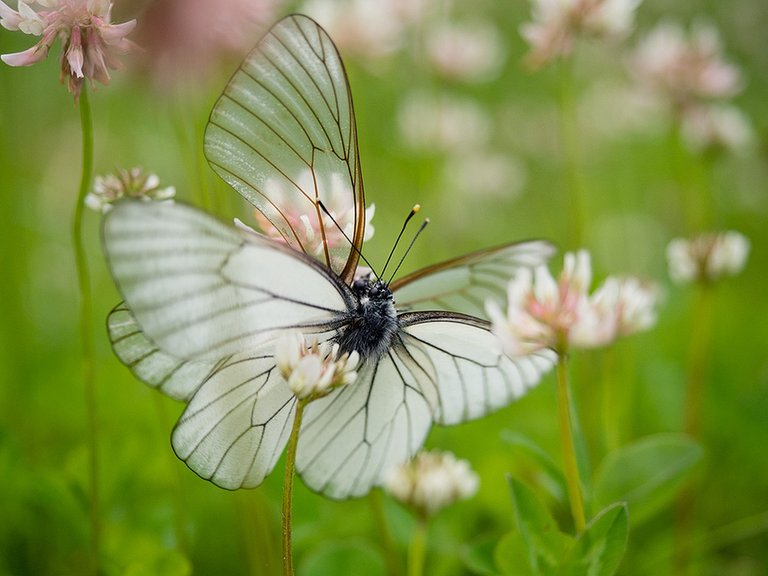
For example, I use Raynox 250, just with this mount. There are other quality lenses, for example achromat from Marumi. They are available in different diameters.
Such lens will help you and after buying a macro lens. It will help make it a super macro set. That is, it will be possible to shoot with scales larger than 1: 1.
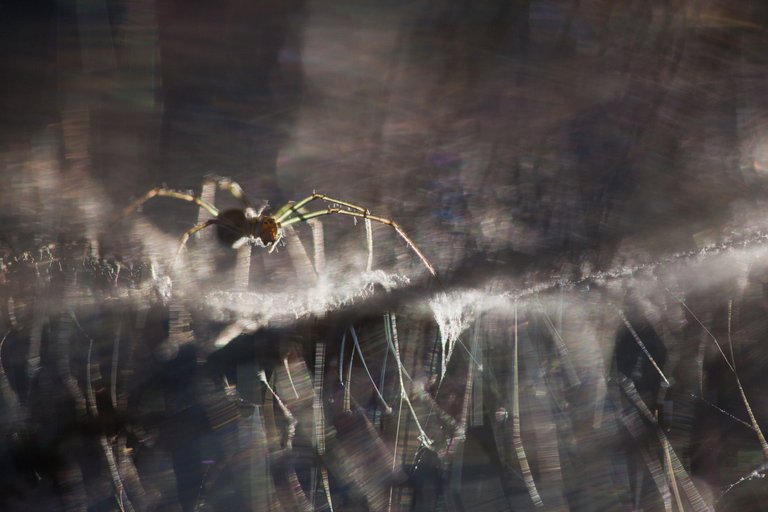
We must remember that we have to pay for this. Not in the sense of money. It is about limitations or additional difficulties. Let's try to understand. By adding a lens, you reduce the minimum focusing distance (MFD), but you lose the ability to focus on infinity. It is due to the ability to shoot at close range, you can receive images with a large scale. When MFD is initially large, it's good. But when the camera starts to focus from the lens, it's not convenient. Light almost does not get to the object of shooting, and any bug immediately escapes from you.
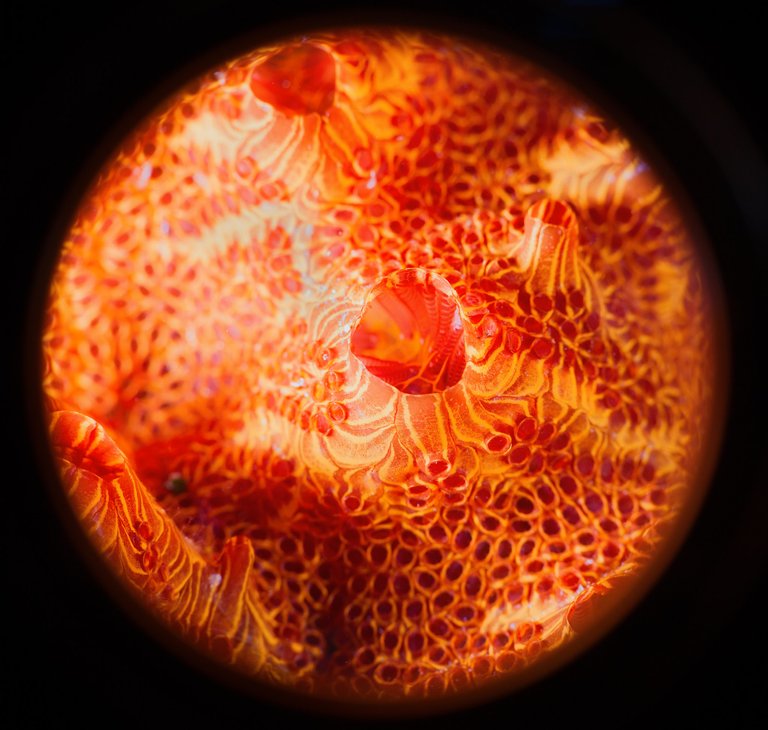
- For example, you can make a macro lens from the most common 50mm. I did this several times when I needed a macro lens with an average focal length to shoot medium-sized fish. Canon 50 mm f / 1.4 whose MFD 30-40 centimeters worked well with my own Reynox.*
If the lens is of high quality, even with macrolens the autofocus works perfectly. Usually, for all experiments with optics, he suffers from all the characteristics first.
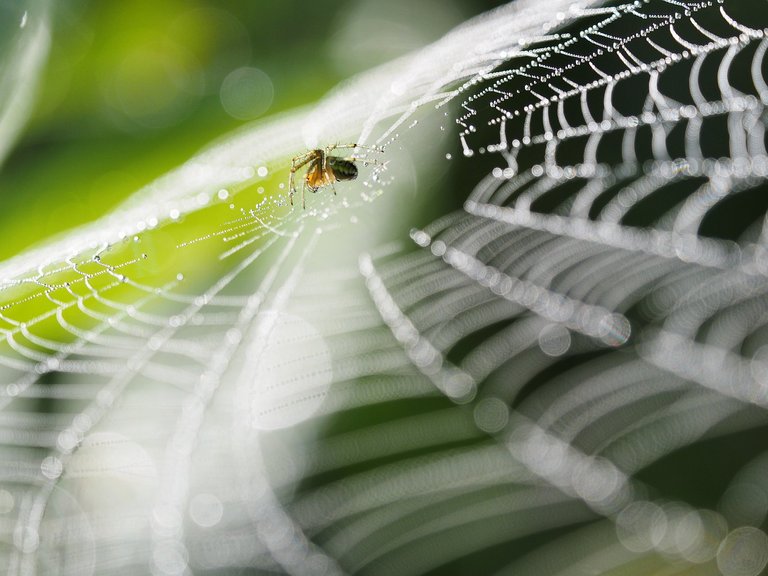
Another way to get a macro image is to take a macro ring instead of a macro lens. As a result, you will get a stronger macro. In this case, the focusing distance will not decrease. It's good? Oh sure. And there will not be any extra lenses that somehow make the picture a little worse.
A macro ring is a simple ring, increasing the distance from the camera to the lens, an analog of the bellows of old cameras. But even if there is a zone of contacts in the macro-ring's bayonet, autofocus in this combination will be bad. It becomes more an irritant than an assistant. It is better to turn it off immediately, and set the lens to the minimum distance of focusing. You can focus by small camera shifts.
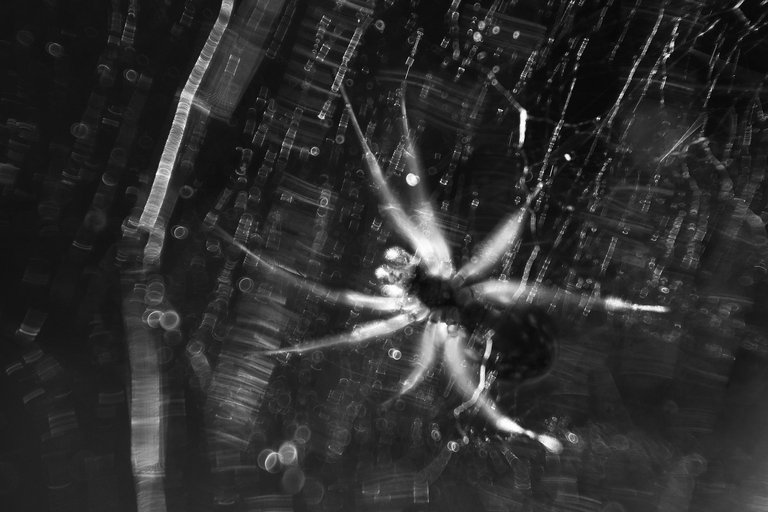
This method should be hold in mind by all fans of macro photography. It will with difficult situations:
lack of light,translucent object without contrasting zones. It will also help you to take an abstract picture. It is only necessary to find a fulcrum, and slightly move the camera with a pre-established focus. Another additional advice is to make more shot so that you can then choose from. A camera without autofocus will trigger instantly.
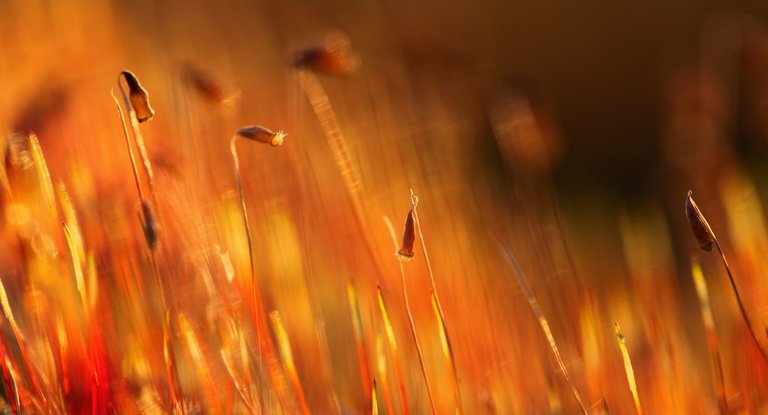
Well, the last, almost regular way of playing with the scale of the image of your lenses is a teleconverter. Here, as usual, there are some nuances. First, not all teleconverters are suitable for lenses because of the incompatibility of optics and this device. For example, when the rear and front lenses are convex, and extend beyond the frame. You simply can not mount one device to another. It can be easily checked right in the store. Sometimes it's enough just to look at the photo. In addition, large firms makes software limit to the converters capabilites.
That's why I've been using the unpretentious and cheap Kenko 1.5 converter for many years. It can be used with a fisheye lens and with a tele-lens. And of course with a macro lens. It will increase the focal length of 100 mm to 140 mm, or in a more exotic version turns 28 mm into 40 mm. What is most interesting, autofocus in this combination works even under water.
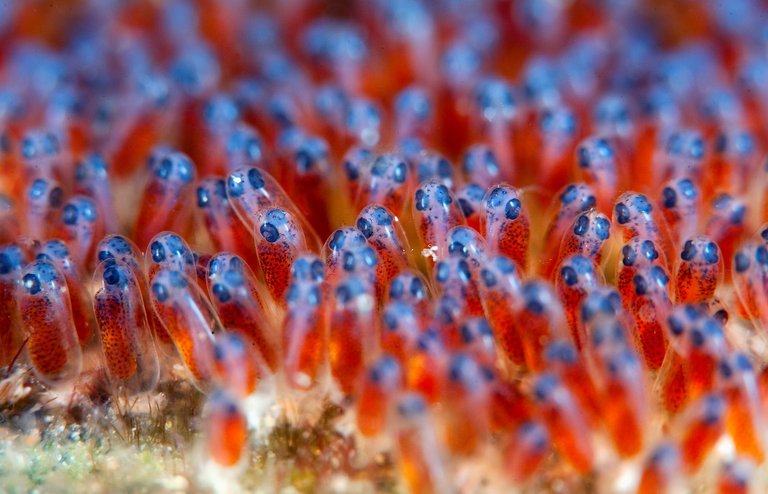
And what if you did not think it was enough? I want to go even deeper into the microcosm. There are solutions. The first, most obvious and budgetary, is to use my previous tips together: that is, the rings, and the converter, and the lens. True, here it is often understand that the picture is quite difficult, because the quality is falling, and the depth of field is completely nonexistent. But sometimes you can try, especially if such photos are attributed to the art.
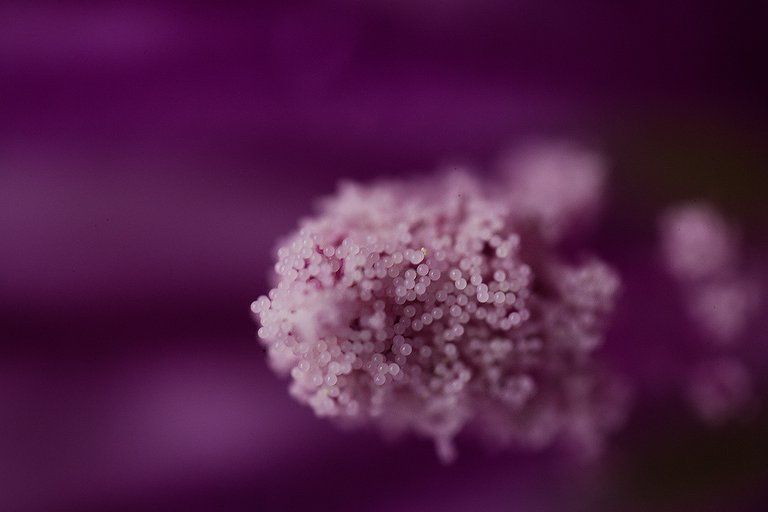
If you need a more serious option, you can take a specialized lens with a scale of 4: 1 or 5: 1. Such as Canon 65-mpe or Korean Mitacon 20 mm. I shot both, and I can say that Canon is certainly better, however, the difference in price is more then 5x. So there is something to think about.
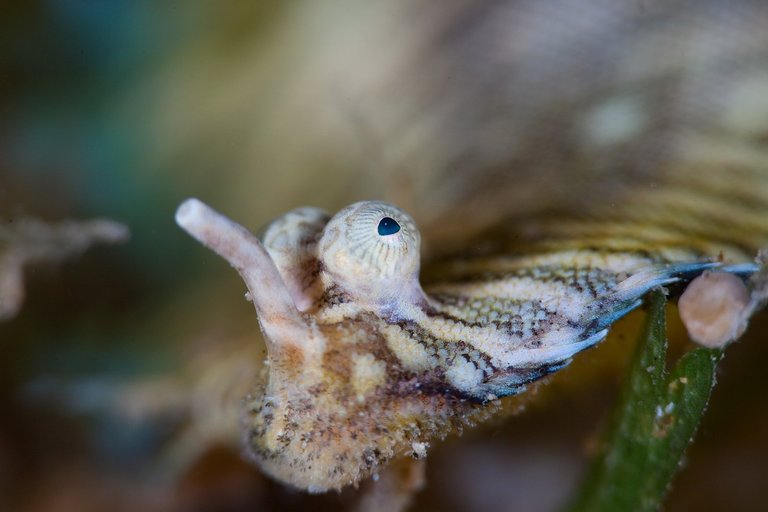
The second option is the use of a lens from a microscope. Yes, those same small nozzles with an increase in from 1:10 and above. But this is more the topic of a highly specialized article.
In the end, I would like to say once again that macro photography allows us to see the usual things differently. A fascinating macro tour can start right at your house, and continue on the next flowerbed. These pictures should be taken seriously. I had experience when such a picture became a laureate of a major international competition. Well, in the end, it's just interesting.
p.s. Macro photography is an interesting and difficult topic. I will certainly return to it. If you have any questions - write!
How does this relate to video? I love your underwater pics but also like underwater video with movement and behavior of the subjects.
Is it possible to capture for example a small nudy branche or a seahorse?
This gem of a post was discovered by the OCD Team!
Reply to this comment if you accept, and are willing to let us promote your gem of a post! By accepting this, you have a chance to receive extra rewards and one of your photos in this article will be used on our compilation post!
You can follow @ocd – learn more about the project and see other Gems! We strive for transparency.
If you would like your posts to be resteemed by @ocd to reach a bigger audience, use the tag #ocd-resteem. You can read about it here.
@jznsamuel
Of course I agree. Thanks!
Congratulations, your post was featured in the latest ocd daily!
@ocd now has a witness. You can vote for @ocd-witness with SteemConnect or on Steemit Witnesses to help support other undervalued authors!
Yes, all this can be used with video.
The simplest in this case is a macro lens. It can easily be put or removed even in water (placed outside the underwater box).
I have friends who shoot macro under water. The same sea-horses and nudibranchs.
@narchuk All those photos are incredibly sharp and spectacular. Thanks for sharing with us the useful macro photographing skills :)
Well written! I also like macro photography, but unfortunately I still don't have a macro lens. Sometimes I use a normal telephoto lens. Some photos are not bad. I should be looking for a real macro lens or maybe macroring is the better option for me, because I don't like to carry too many lenses with me.
Amazing post as always!!
Congratulations! This post has been upvoted from the communal account, @minnowsupport, by narchuk from the Minnow Support Project. It's a witness project run by aggroed, ausbitbank, teamsteem, theprophet0, someguy123, neoxian, followbtcnews, and netuoso. The goal is to help Steemit grow by supporting Minnows. Please find us at the Peace, Abundance, and Liberty Network (PALnet) Discord Channel. It's a completely public and open space to all members of the Steemit community who voluntarily choose to be there.
If you would like to delegate to the Minnow Support Project you can do so by clicking on the following links: 50SP, 100SP, 250SP, 500SP, 1000SP, 5000SP.
Be sure to leave at least 50SP undelegated on your account.
Wow man... Your camera got a great eyes to focus such scenarios... Keep on rocking... :)
These are awesome, Id like to pick up a Macro lens for my camera one day.
Your Post Has Been Featured on @Resteemable!
Feature any Steemit post using resteemit.com!
How It Works:
1. Take Any Steemit URL
2. Erase
https://3. Type
reGet Featured Instantly � Featured Posts are voted every 2.4hrs
Join the Curation Team Here | Vote Resteemable for Witness
These are so stunning. I would love to have a camera and lens capable of doing this kind of work. Wow.
Some stunning photos and cool insight into this technique @narchuk